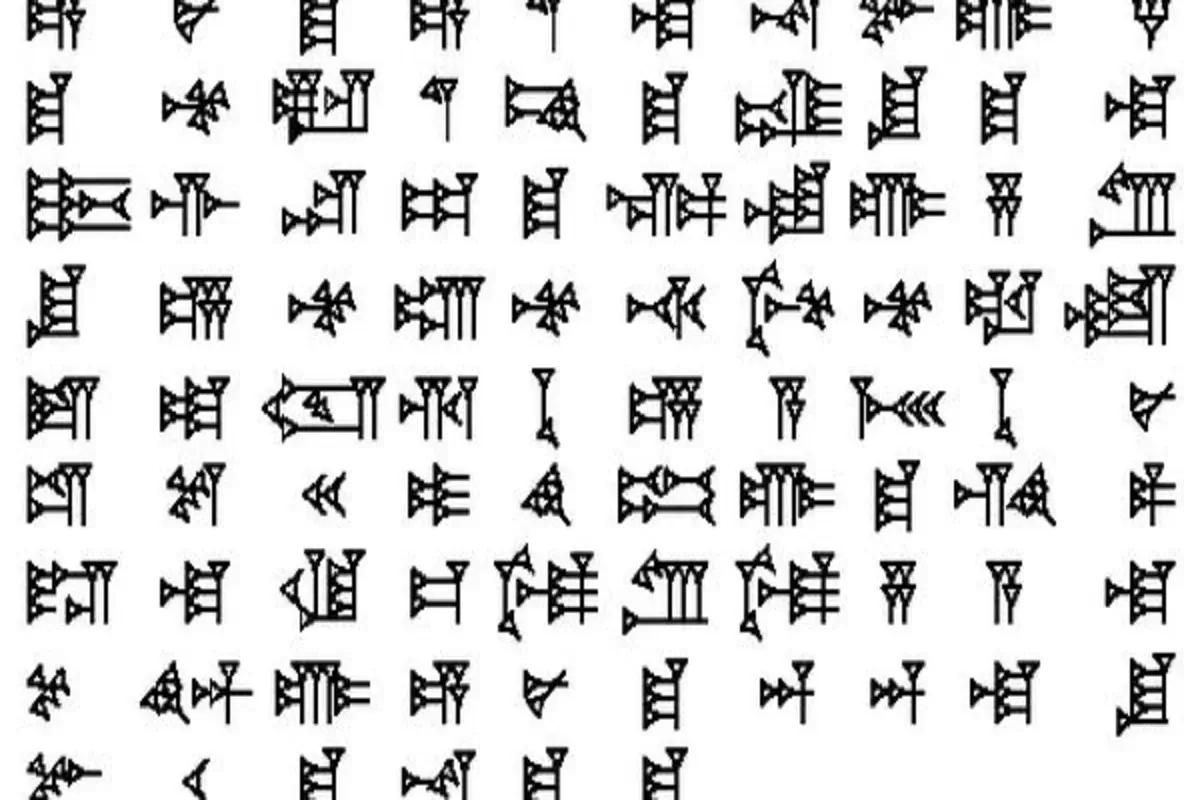
Akkadian Cuneiform script
Artificial Intelligence is reaching heights these days as there are various softwares like ChatGPT and Google Board that provide quick and easy solutions to almost everything. They have made information gathering really rapid, such that people get the solution to all their problems in seconds. But these tools are not simply gathering information for us but they are also gathering our information. A team of Israeli archaeologists and computer scientists have launched a highly innovative and unconventional AI project. The project is targeted to be able to translate a nearly 5000 year old writing system to English language which can be easily understood. One can also look at it as a high definition version of Google Translate. It will largely be used to translate Akkadian Cuneiform script.
What is Akkadian Cuneiform script
The nearly 5000-year-old logo-syllabic writing known as cuneiform features distinctive wedge-shaped impressions. It was in use for approximately 3000 years, from the Bronze Age to the Common Era, but hasn’t been used in the last 2000. Today, there are millions of clay tablets with cuneiform writing engraved in libraries, museums, and art galleries. It has been challenging to translate them into modern languages because to the incredibly small number of Akkadian readers, but no more.
Also Read: Imran Khan Receives Arrest Warrants From Pakistani Court For May 9 Riots
A “fairly good” AI tool, just more than Google translate
Neural Machine Translation (NMT), an artificial neural network that is used to translate text from one language to another, is the mathematical formula that the AI tool uses, claims the research. The accuracy of machine translation was assessed by researchers using the Best Bilingual Evaluation Understudy 4 (BLEU4) instrument, despite the fact that it might be challenging to define what constitutes a successful translation.
With 100 being ideal and accurate BLEU4 scores ranging from 0-100, this is the first time this has ever been done. According to Gutherz, these scores—36.52 for cuneiform to English and 37.47 for transliterated cuneiform to English—are “fairly good” for the Akkadian translation tool.
This tool will allow humans to study the history of Humans and their civilization in a better way. There are many old scriptures in India as well which needs to studied well so that we can get to know Indian history well.
To read more such news, download Bharat Express news apps


















